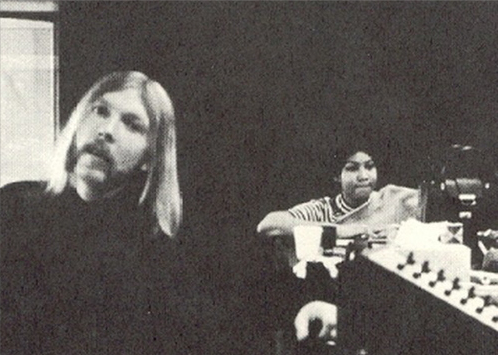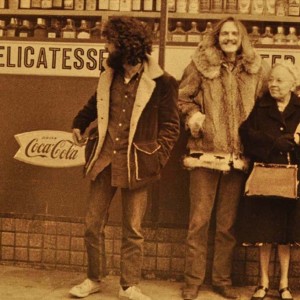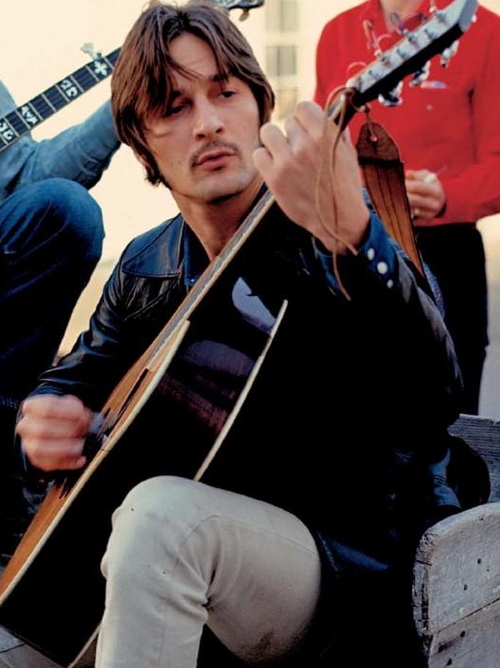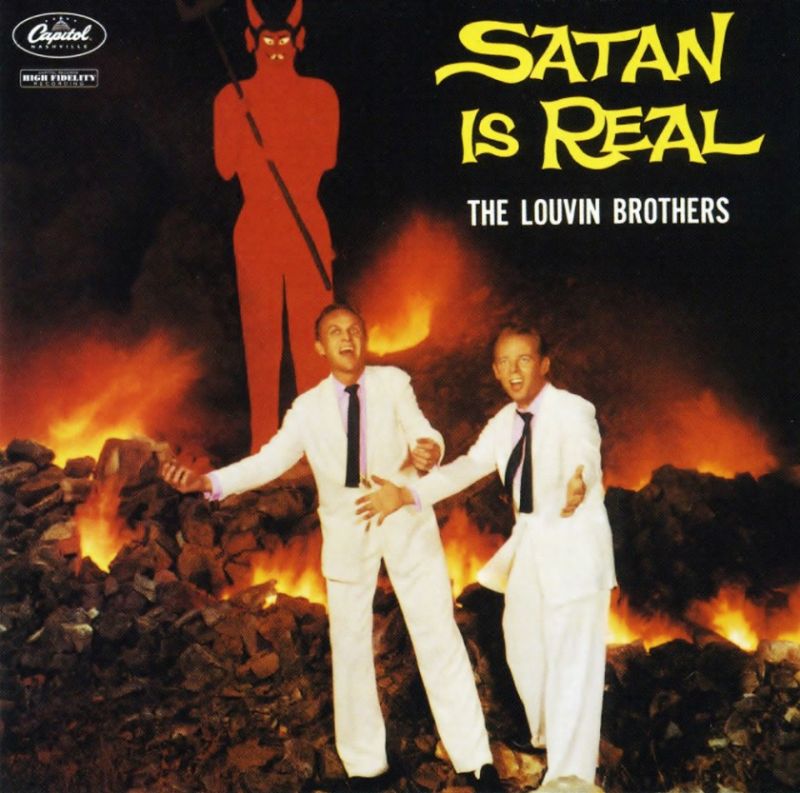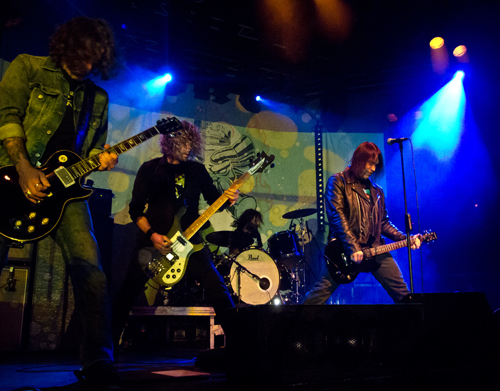1. Aretha Franklin and Duane Allman – The Weight
Aretha Franklin hooked up with Duane Allman and recorded this version at Muscle Shoals. It is Loose and funky as hell, and full of those incredible Aretha vocals I love, it sounds like good southern gospel. Duane Allman plays bottle guitar throughout like that guitar god that he is. Listen to it, heavenly is the best description!
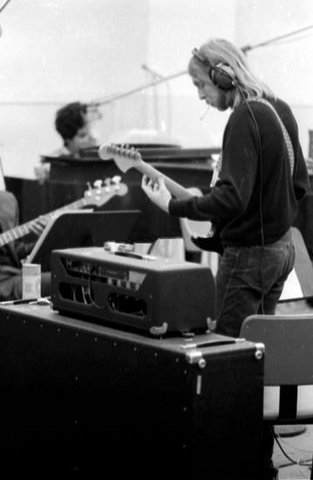
2. Derek and the Dominoes/Eric Clapton with Duane Allman – Layla (studio outake)
Slowhand and Skydog together, what a match!

When asked about playing with Clapton, Allman said I played the Gibson parts and Eric played the fender parts. This studio outtake from the reissue in 2009 is even better than the iconic original.
3. Boz Scaggs with Duane Allman – Loan me a Dime
Boz Scagg’s self-titled album from 1969, Boz Scaggs (Atlantic SD-33-8239) which features Duane Allman on five tracks, including the amazing slow blues jam ”Loan Me A Dime.” On the video below, you can hear Allman exchanging riffs with Larry Knechtel’s organ. Here it is, a twelve minute blues lament:
This song portrays the best of both Duane and Boz.It is a shame we don’t have anyone making music like this anymore.Good music is never out of style. Duane’s work is incredible!
Continue reading Top 5 Duane Allman (aka Skydog) collaborations

